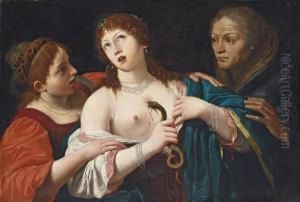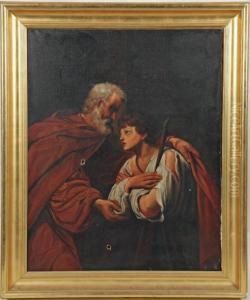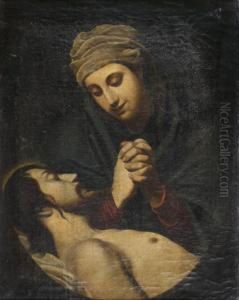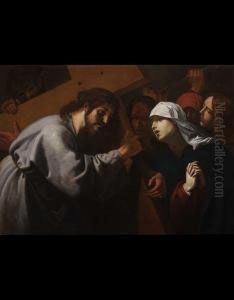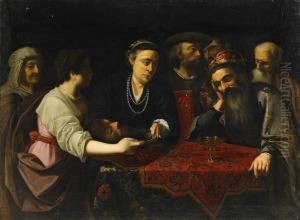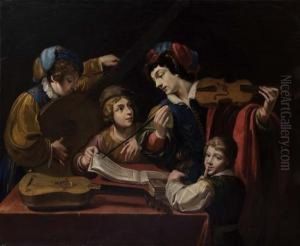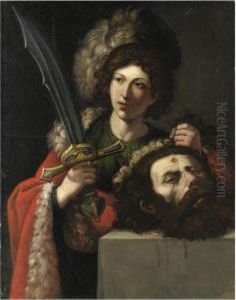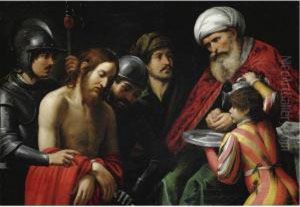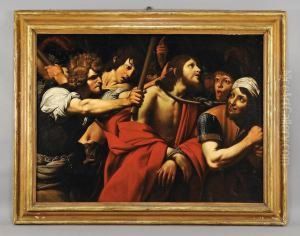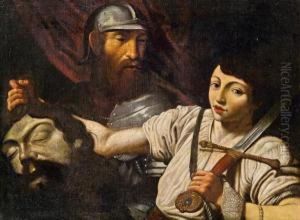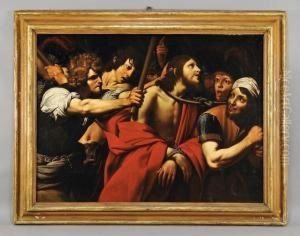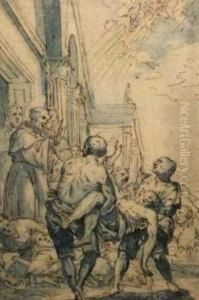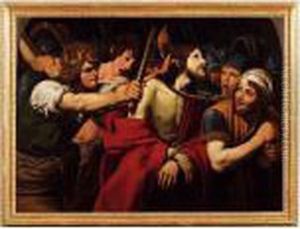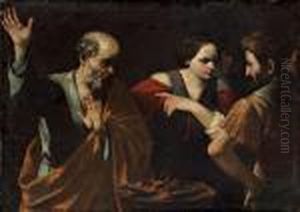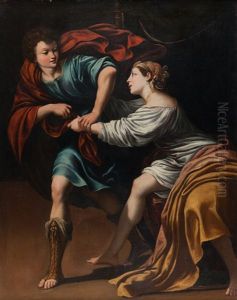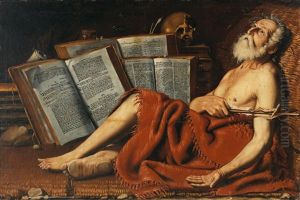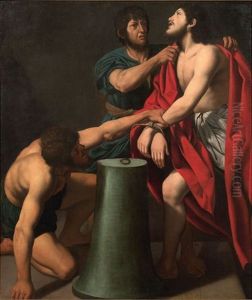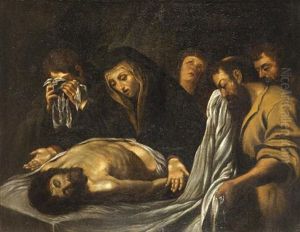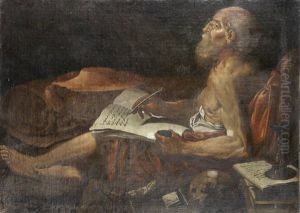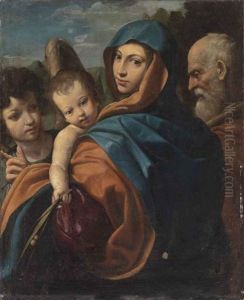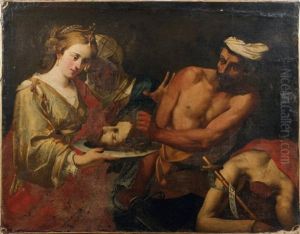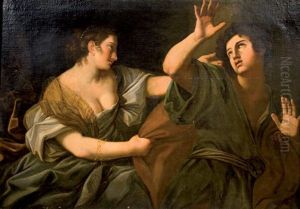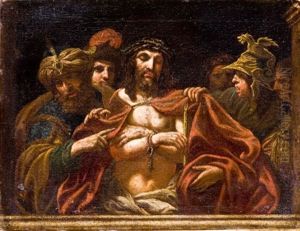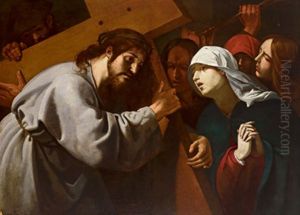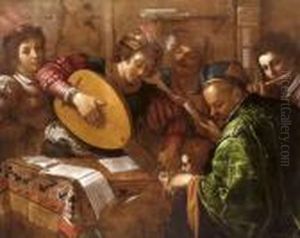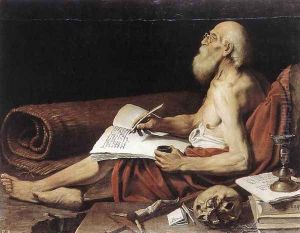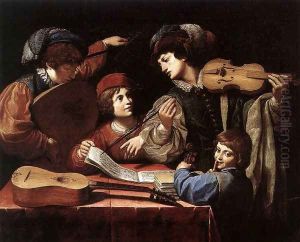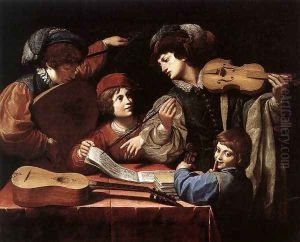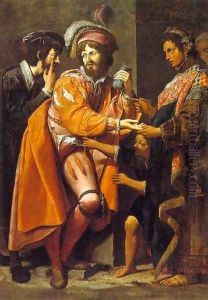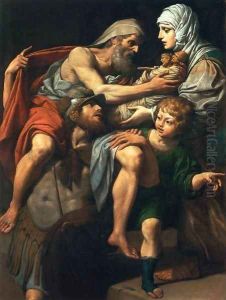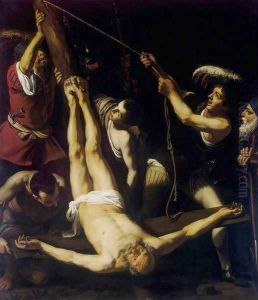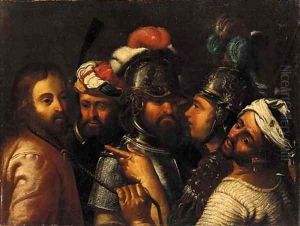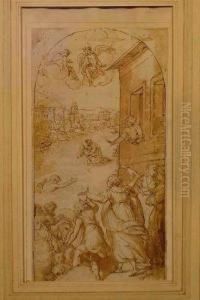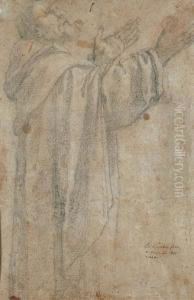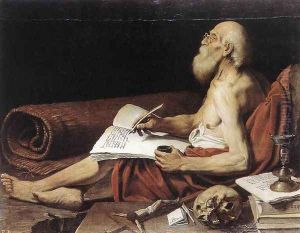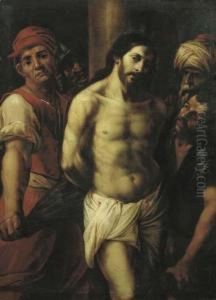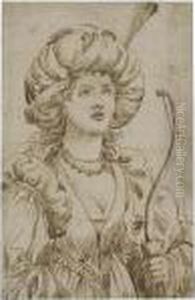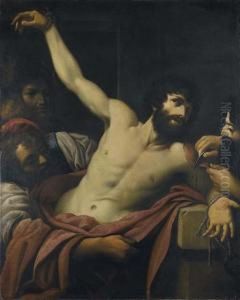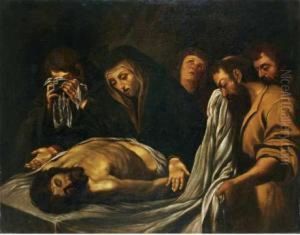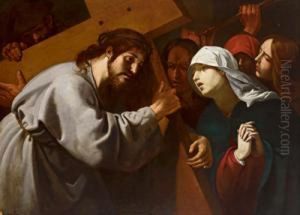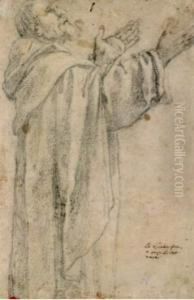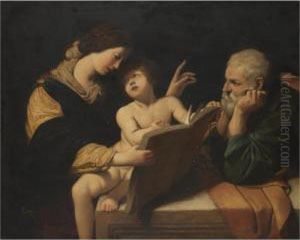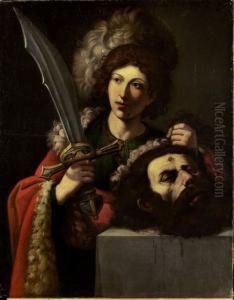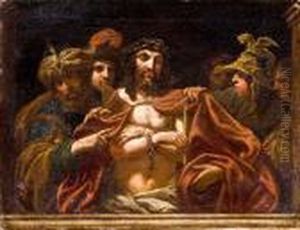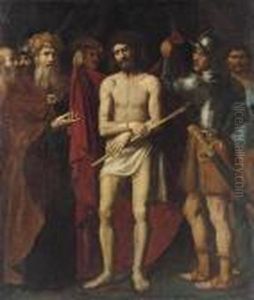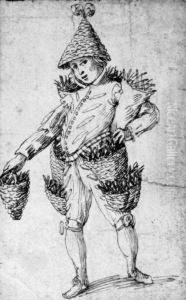Lionello Spada Paintings
Lionello Spada was an Italian painter, active during the Baroque period. He was born in Bologna in 1576 and is often associated with the Bolognese School of painting. Spada's initial training was with the painter Cesare Baglione. However, his style was most profoundly influenced by the work of Caravaggio, whom he may have met during a trip to Rome in 1600.
Spada's work is characterized by its dramatic use of light and shadow, a technique known as chiaroscuro, which he adopted from Caravaggio. This is most evident in his genre scenes and religious works. Spada's paintings often depicted scenes with strong emotional content and a keen attention to naturalistic detail.
In 1614, Spada was invited to Piacenza by the nobleman Ranuccio I Farnese, Duke of Parma, where he was commissioned to work on a series of frescoes. His work was well received, and this led to further commissions in Parma and later in his home city of Bologna. Spada continued to work prolifically until his death in Bologna in 1622.
Throughout his career, Lionello Spada executed numerous altarpieces and frescoes, and his work can be found in many Italian churches and galleries, including the Louvre in Paris and the Hermitage in St. Petersburg. Despite his relatively short life, Spada made a lasting impact on the Baroque movement, particularly in the Bologna region, and his works remain a testament to the power and emotion of the Baroque aesthetic.
